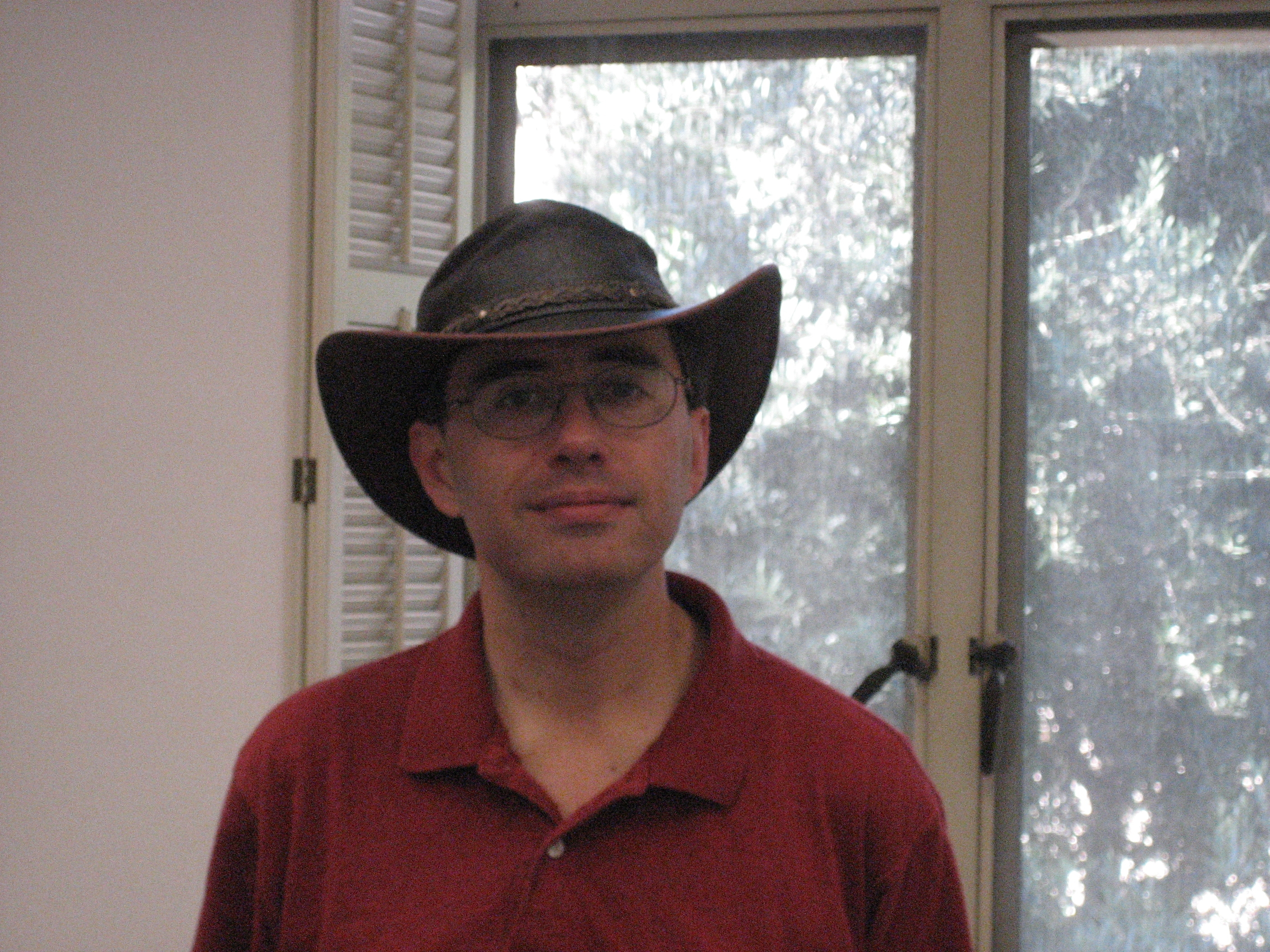Rainsfest


The University of Queensland's School of Mathematics and Physics are organising a special day of talks to celebrate Eric Rains's 45th birthday and visit to UQ.
Friday, October 12, 2018 from 9:00 AM to 5:00 PM.
Seminar rooms 1 and 2, Emmanuel College, The University of Queensland.
If you would like to register for this free event, please contact Ole Warnaar (o.warnaar {at} maths.uq.edu.au) or Travis Scrimshaw (tcscrims {at} gmail.com).| Speaker | Title |
|---|---|
| Eric Rains (Caltech) | The (noncommutative) geometry of difference equations |
| Probably the two most important classes of special functions are the hypergeometric functions and (more recently) the Painlevé transcendents. Both of these are closely related to nice linear differential equations: the hypergeometric equations are determined by their singularities, while the Painlevé transcendents specify monodromy-preserving deformations of linear ODEs. This persists when considering discrete versions, replacing differential equations by difference, \(q\)-difference, or even elliptic difference equations. Thus to understand generalizations of hypergeometric functions or Painlevé, we need to understand moduli spaces of difference equations. I'll discuss an approach to this problem via an interpretation of difference equations as sheaves on noncommutative surfaces, with an emphasis on some useful consequences, including a classification of hypergeometric equations, and a new construction of Lax pairs for Painlevé equations. | |
| Valentin Buciumas (UQ) | Solvable lattice models and metaplectic Whittaker functions |
|
I will talk about a certain solvable lattice models which can be used to represent Whittaker functions on the metaplectic cover of \(GL_r\) over a \(p\)-adic field. The \(R\)-matrix solving this model is related to the quantum affine superalgebra \(gl(n|1)\), however the transfer matrix of the system seems to have no relation to the above mentioned quantum group. We interpret this transfer matrix as the action of a "half-vertex" operator on the (fermionic) quantum Fock space. This connection allows us to relate metaplectic Whittaker functions to LLT polynomials. Applications of this fact include the proof of interesting identities (like a generalized Cauchy identity) for metaplectic Whittaker functions which may play a role in the Rankin-Selberg method for metaplectic groups. We would like to understand if there is a connection between our "fermionic" lattice models and the "bosonic" lattice models appearing in the work of Korff, Wheeler & Zinn-Justin and Borodin & Wheeler. This is joint work with Brubaker, Bump and Gustafsson. |
|
| Jan de Gier (Melbourne) | Stochastic dualities from degenerate non-symmetric Macdonald polynomials |
| Stochastic duality functions are a useful tool to derive properties of interacting particle processes, such as the Tracy-Widom distribution for currents in the asymmetric exclusion process. We describe how stochastic dualities can be constructed for multi-species exclusion processes using degenerations of non-symmetric Macdonald polynomials. | |
| Vladimir Mangazeev (ANU) | Boundary matrices for the six-vertex model |
| I will consider solutions to the reflection equation related to the higher spin 6-vertex model. Explicit formulas for the boundary \(K\)-matrices for spins \(s=1/2\) and \(1\) are well known. For higher spins they can be in principle calculated using a fusion procedure. I will derive coupled \(q\)-difference equations for matrix elements of the \(K\)-matrices for arbitrary spin and express a solution in terms of hypergeometric functions. The case of stochastic zero-range processes will be also briefly discussed. | |
| Michael Wheeler (Melbourne) | Coloured stochastic vertex models and non-symmetric Hall–Littlewood polynomials |
|
Starting from a higher-rank/higher-spin solution of the Yang–Baxter equation, I will construct a family of non-symmetric rational functions as partition functions on a semi-infinite lattice. These functions have many remarkable properties, including Cauchy-type identities and bi-orthogonality relations, and are a one-parameter deformation of non-symmetric Hall–Littlewood polynomials. I will also talk about a variety of stochastic processes which descend from the vertex model in question, as well as a matching statement that identifies certain coloured observables with observables in uncoloured (rank-one) models. |
|
| Paul Zinn-Justin (Melbourne) | Higher spin representations from equivariant cohomology and an application to Schubert calculus |
| We will review recent progress on understanding the geometric realization of higher spin representations of \(Y(sl_2)\) or \(U_q(L sl_2)\) (joint work with D. Bykov). In so doing we will recover a recent formula of Mangazeev for the \(sl_2\) \(R\)-matrix in arbitrary spin. We'll then explain how this combines nicely with recent work (in collaboration with A. Knutson) on Schubert calculus, to obtain new "puzzle" formulae for \(sl_2\) wave functions. In particular, we recover this way a honeycomb version of the product rule for Hall-Littlewood polynomials. | |
| Time | Speaker |
|---|---|
| 9:00 – 10:00 | Paul Zinn-Justin |
| 10:00 – 10:30 | Morning tea |
| 10:30 – 11:30 | Eric Rains |
| 11:30 – 12:30 | Vladimir Mangazeev |
| 12:30 – 1:30 | Lunch |
| 1:30 – 2:30 | Michael Wheeler |
| 2:30 – 3:30 | Valentin Buciumas |
| 3:30 – 4:00 | Afternoon tea |
| 4:00 – 5:00 | Jan de Gier |